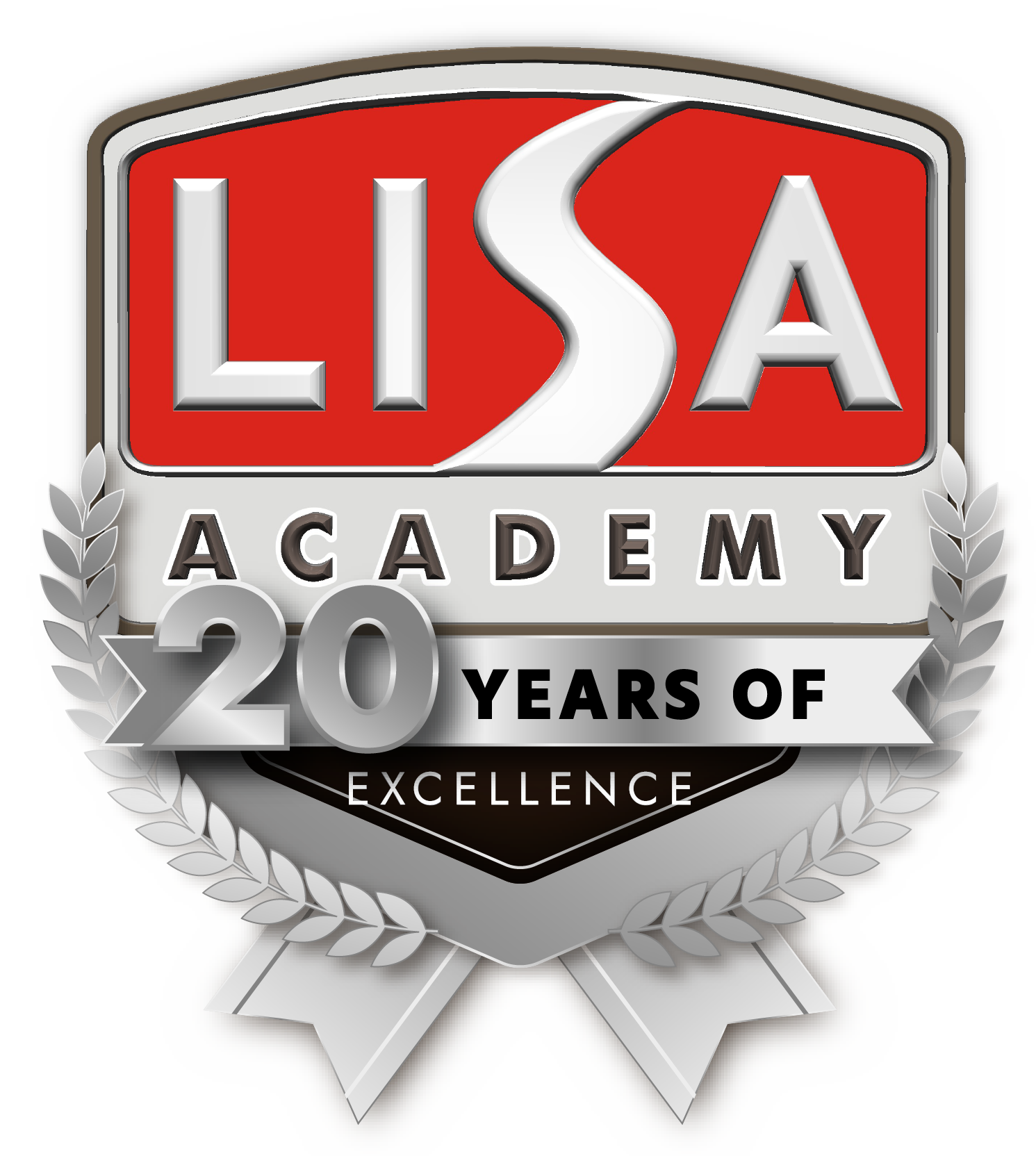English Language Learner (ELL) Program
The English Language Learner (ELL) Program, supported in part by Title III Federal funds, is designed to assist students who are non-English speaking or limited English proficient. Our goal is for these students to learn English as quickly as possible so that they may achieve the same academic standards as their native English speaking peers. Licensed and qualified teachers work with students to increase their language skills in speaking, listening, reading and writing. Professional development is provided by school staff to support the language development and content learning of English language learners. In addition, support is provided for the parents to be fully engaged in their child's education by providing them with information and translation services.
For more information regarding the English Language Learner Program at your LISA Academy campus, ask your front office staff for your ESOL Coordinator's contact information. If you would like to get more information about LISA Academy ESOL Program, please see this official LISA Academy ESOL Program guide.
Overview
ELL Program Objectives
Resources
Parent Involvement
ELL Assessment

